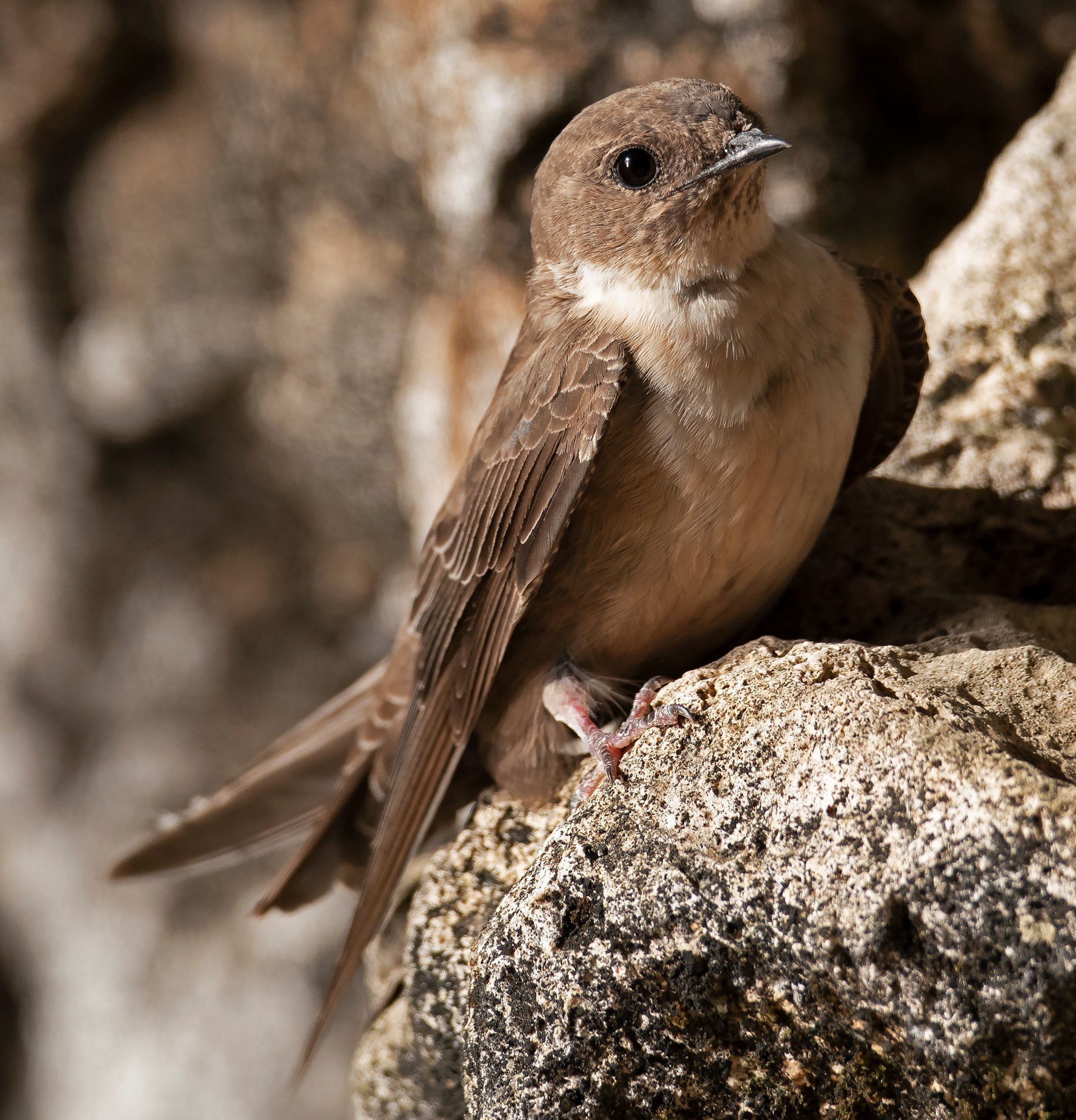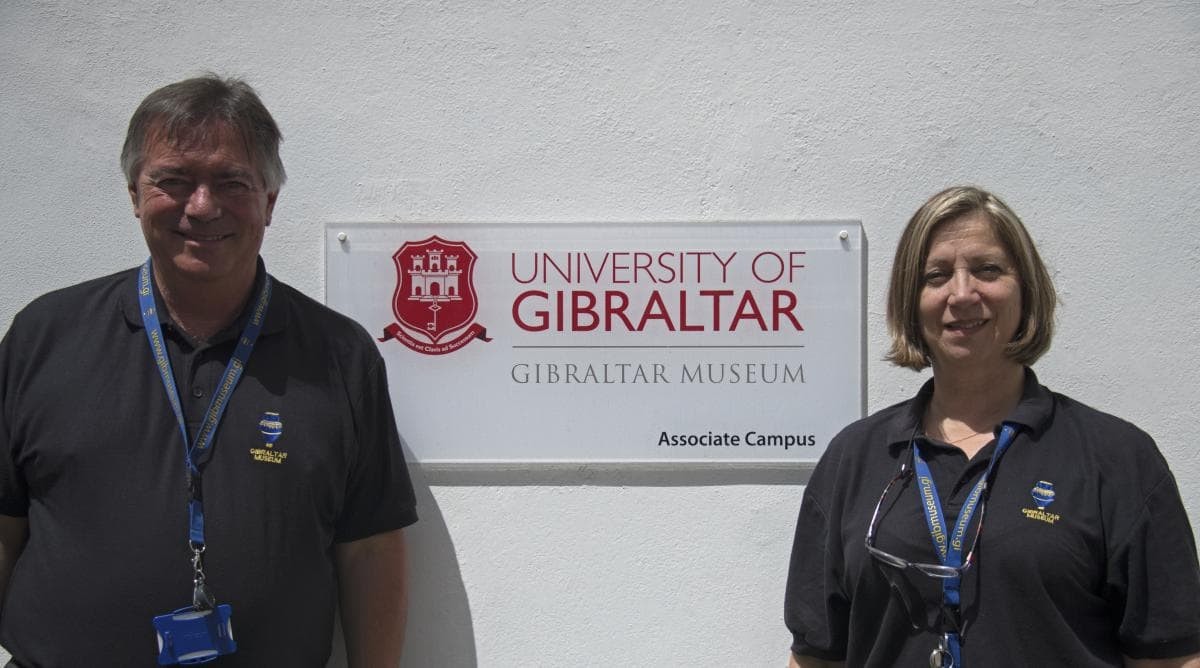Field Ecology Research Group
University of Gibraltar
The Gibraltar National Museum is an Associate Campus of the University of Gibraltar and a key partner of the university's Field Ecology Research Group (FERG) which forms part of its cutting-edge research program.
The FERG is one of the University's main research supports and is primarily concerned with field ecology. The FERG has informally existed since 2018. It has centred its activities on areas of research that focus and draw from Gibraltar’s geographical context, in particular the region of the Strait of Gibraltar and its biogeographical and bioclimatic context. Animal movement studies are a prime, but not sole, area of research.
The FERG has identified three key objectives that will guide its work over the next five years. These objectives build on the existing research excellence of FERG's Associate Campuses and aim to expand research in new areas while maintaining high-quality output. Its ultimate goal is to produce outstanding science that will attract students from around the world and raise the university's international profile.
Resources at the Gibraltar National Museum are available for study upon request to University of Gibraltar PhD Researchers.
Objectives
Objective 1: Research Excellence
To sustain and increase research excellence in areas in which the FERG proposed group members already have an established name through the work of its Associate Campuses. Through this, help to raise the international profile of the University and its Research Office and thus attract students from across the world.
Objective 2: Education at all Levels
To improve research opportunities for graduate students by supporting the university’s Graduate Schools and Research Office in delivering research lectures, seminars and workshops, as well as supporting the PhD programme as academic supervisors.
Objective 3: Public Engagement
To make a significant contribution to the dissemination of research results through actively supporting the university’s Research Office in its programme of public understanding and engagement.


18-20 Bomb House Lane
PO Box 939,
Gibraltar
